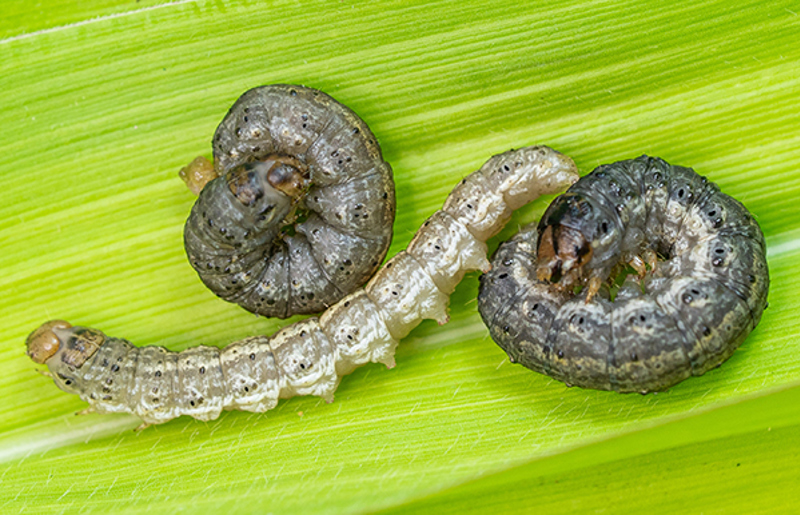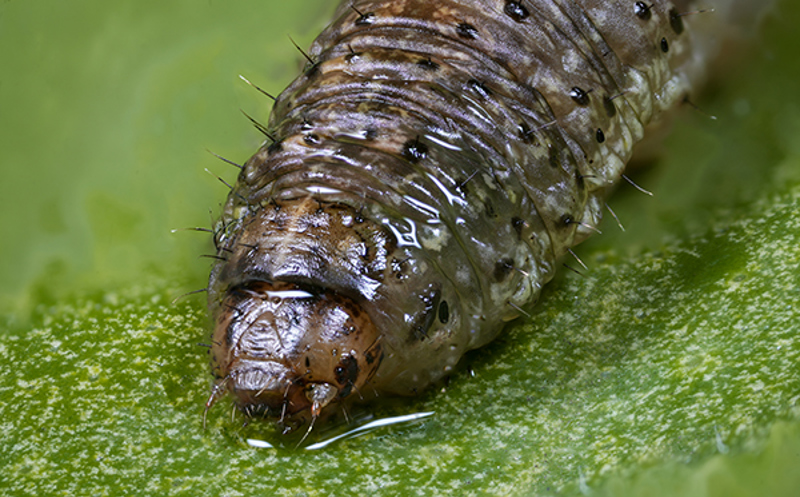Yates Account
Join now
Create a Yates account today!
Sign up to join the Yates Garden Club for monthly e-mails packed with seasonal inspiration, tips for success & exclusive promotions.
Plus if you’re a Garden Club member you can take part in the Yates Growing Community - a blog to share successes, get advice & win prizes in fun challenges along the way!

Forgot password
Enter the email address associated with your account, and we'll email you a new password.
Agrotis ipsilon

What are Greasy Cutworms?
Cutworms are caterpillars of night-flying moths that lay their eggs in the soil. After the caterpillars emerge they chew young plants and seedlings at ground level, sometimes eating right through the stem which subsequently falls over, hence the name cutworm.
The caterpillars grow up to 40mm long and range in colour from light-grey or pinkish-brown through to almost black. If disturbed, they curl up into a flat coil. They eat at night and take shelter under the soil during the day. They usually attack seedlings, but will also feed on foliage and soft fruits like strawberries. Cutworms are more likely to be active after periods of rain.

How to protect your plants against Cutworms
Prevent cutworm attack by placing small, open-ended plastic cups around plants or by wrapping plant bases with aluminium foil. Cutworms are only active at night, so go out after dark with a torch and check for caterpillars at work.
Plants impacted
- Seedlings
- Strawberries
- Brassica vegetables
- Beans
- Corn
- Kūmara













Share
Share this article on social media